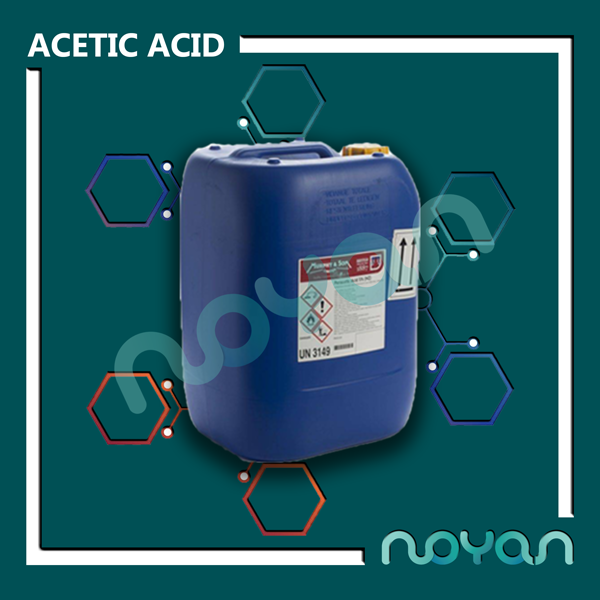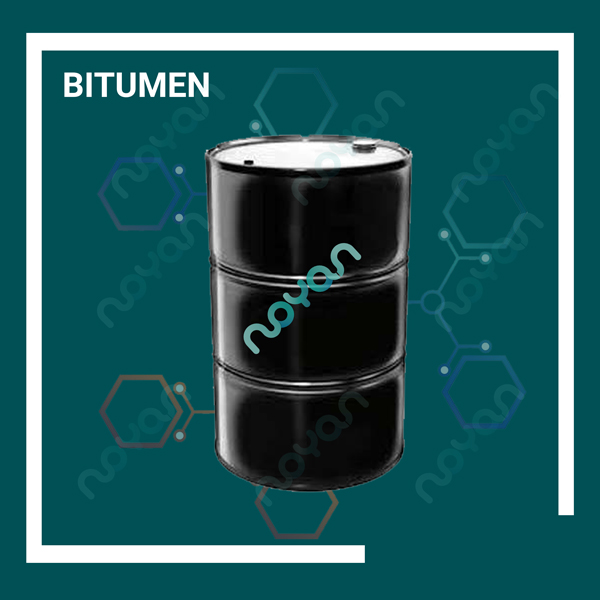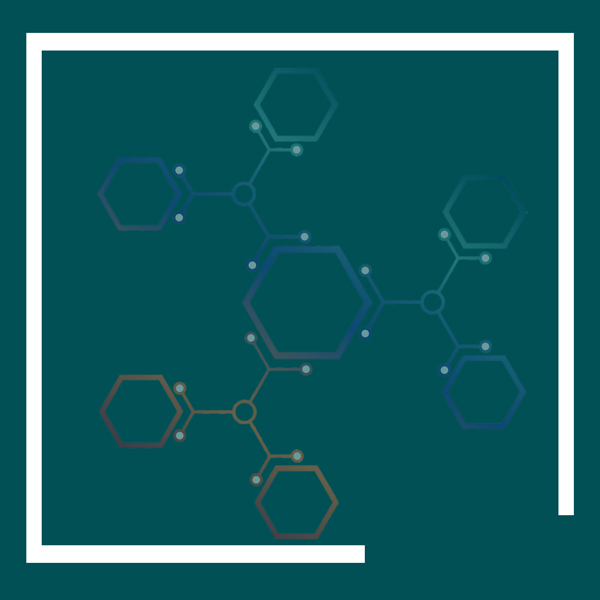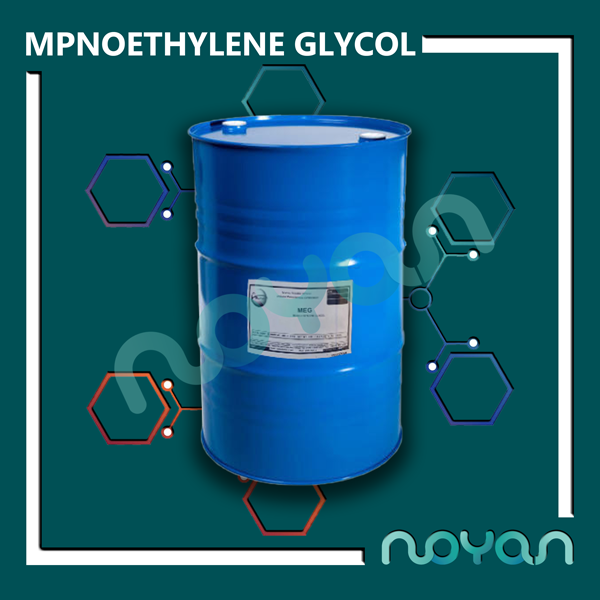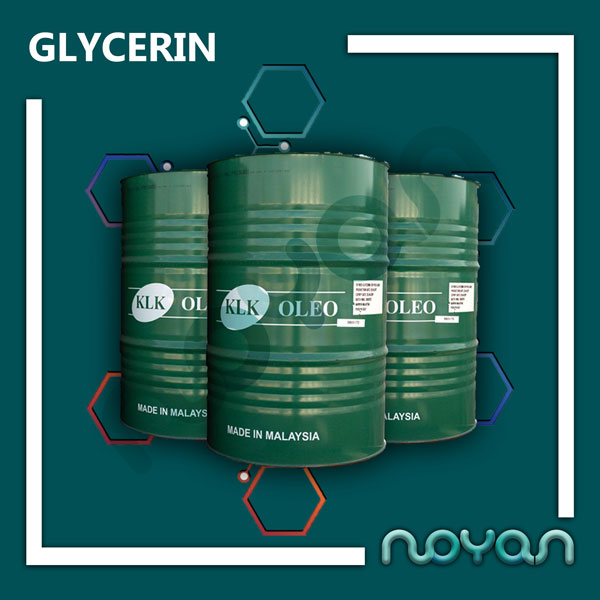Acetic acid, which has been used in chemistry since ancient times, is one of the minerals belonging to the group of acids and carboxylic acids. Iupac’s name This acid is known as ethanoic acid.
Acetic acid Organic compound with molecular formula (CH3COOH) is one of the most important compounds of carboxylic acids. Other names of acetic acid are: ethanoic acid, glacial acetic acid and ethyl acid.
This compound is a colorless liquid with a vinegar-like odor that has a very high corrosive power. Its boiling point is 117.9 ° C and its melting point is 61.9 ° C and it is completely mixed in water.
Acetic acid is produced both artificially and naturally (by bacteria)
Acetic acid is naturally produced from fruits and some spoiled foods from the fermentation process and is one of the tallest acids known to man. A dilute solution of acetic acid is formed by the fermentation and oxidation of natural carbohydrates called vinegar.
.
Liquid acetic acid, like water and ethanol, is a hydrophilic protonated solvent (polar molecule | polar). With a dielectric constant of 2.6, it can, in addition to dissolving polar compounds such as mineral salts and sugars, dissolve non-polar compounds such as oils and chemical elements such as sulfur and iodine. It mixes with many polar and non-polar solvents such as water, chloroform and hexane. This property of dissolving and miscibility of acetic acid has made it a widely used industrial chemical..
In industry, acetic acid is used in the preparation of metal acetates and in some printing processes.
Vinyl acetate is widely used in plastics, cellulose acetate in photographic and textile films, and volatile organic esters (such as ethyl and butyl acetate) are widely used as solvents for resins, paints, and varnishes.
.
Biologically, acetic acid is an important biological (metabolic) substance that is naturally present in body fluids and juices..
Acetic acid is used as a reagent to produce chemical compounds. Approximately 40% of the volume of this chemical is allocated to the production of vinyl acetate, 21% to the production of terephthalic, 11% to the production of ethanoic anhydride, 10% to the production of ethanoate esters and 18% to the production of other chemical compounds.
Acetic acid can be used as an antiseptic against some bacteria and in the treatment of external ear infections due to the growth of fungi or bacteria, against pseudomonas, staphylococci, enterococci, streptococci and other infections. It has medicinal properties and is used in uterine cancer screening. The World Health Organization has listed acetic acid in its list of essential medicines. It is also used in the production of acetone, ethyl acetate and aspirin.
Acetic acid is used in vinegar, which is used as a supplement and flavoring in pickles, raw vegetables, spices, soups, sauces, vegetables, meat products and other foods. Acetic acid is also used to regulate the pH of foods and affect their microbiological quality, cooking conditions, taste and nature..
•Acetic acid is used to make ink and paint.
•Acetic acid is also used in perfume formulations.
•In agriculture, this product is used to eliminate weeds.
Although acetic acid is weak, it can have many destructive effects on the skin, eyes and respiratory organs. In this way, even a drop of this substance with a concentration of 80 to 100% into the body may cause water to accumulate in the lungs and lead to cardiac arrest. This acid is a strong eye stimulant and causes blindness in high concentrations..
Chemical formula: (C2H4O2 or CH3COOH)
Molecular weight: 60.05 g / mol
Boiling point: 118 ° C
Physical state: liquid
Color: colorless
Smell: Spicy and sour smell
